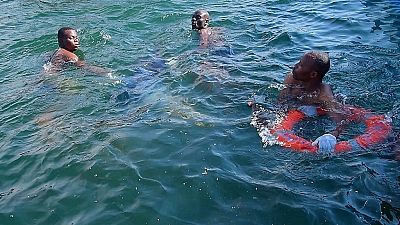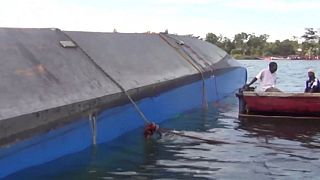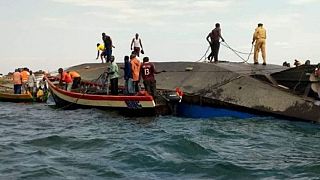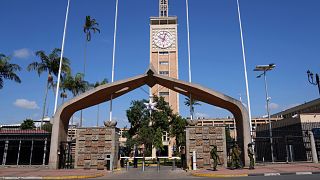Tanzania
As action is taken by Tanzanian authorities following the Thursday ferry disaster that has left over 100 dead, many questions will be asked on what it will take to halt the frequent boat sinkings on Lake Victoria.
The ferry MV Nyerere capsized on Thursday afternoon just a few metres from the dock on Ukerewe, the lake’s biggest island, which is part of Tanzania. Initial estimates suggested that the ferry was carrying more than 300 people.
ALSO READ: Arrests, condolences as Tanzania mourns victims of ferry disasterLake Victoria is the biggest lake in Africa and crossed every day by scores of boats that are often poorly maintained and overloaded, making them vulnerable to poor weather.
Here is some background on the vast lake where more than 100 people drowned on Thursday when a ferry capsized.
Africa’s largest lake
With a surface of 70,000 square kilometres (27,000 square miles), oval-shaped Lake Victoria is the biggest on the African continent.
Shared by Tanzania, Uganda and Kenya, it provides the livelihood for some 30 million people, many of them poor and dependent on fishing.
The lake has however seen a dramatic fall in water levels since 2003 and increased pollution.
English explorer John Hanning Speke named it after Britain’s Queen Victoria after he reached it in 1858 during an expedition.
Regular deadly sinkings
Many of the ferries, fishing boats and other vessels that cross the vast lake daily, linking its ports and islands, are in poor condition or overloaded.
The Citizen, a local media channel in Tanzania reported that the MP for Ukwere Constituency, Joseph Mkundi had, weeks prior to Thursday’s ferry accident, warned parliament about the poor state of the MV Nyerere’s engines.
Navigation can also become as dangerous as on the high seas when the weather deteriorates, with fierce storms often striking.
Sinkings occur regularly and can leave many dead. There are often no life jackets onboard and a large part of the population cannot swim.
Since 2000 there have been a dozen sinkings on the lake with heavy death tolls.
Around 20 people were killed in December 2016 when their boat overturned, and in March 2012, a boat believed to be carrying around 60 people capsized leaving only two survivors.
800 drown in 1996
The deadliest ever was on May 21, 1996, when a Tanzanian passenger and cargo ferry, the MV Bukoba, went down about nine kilometres (5.5 miles) from the town of Mwanza.
More than 800 people were believed to have drowned, according to a toll released by the Red Cross.
The ferry was unseaworthy and was carrying hundreds more than its capacity of 441 passengers when it sank in 30 metres (100 feet) of water.
Worsening weather risk
Every year, between 3,000 and 5,000 fishermen die in violent storms on the lake, Red Cross figures show.
A study published in 2016 in the scientific journal Nature Communications said climate changes caused by global warming could cause more frequent and dangerous storms on the great lake.
Superstorms that today only occur once every 15 years would likely happen every year if global warming continues apace, it said.
AFP












Go to video
Tanzania bans agricultural imports from South Africa and Malawi
Go to video
Tanzania’s cat and mouse politics: Treason, arrests and shrinking political space
Go to video
Kenya set to surpass Ethiopia as East Africa’s largest economy in 2025 – IMF
Go to video
Eliud Kipchoge returns to the London Marathon
Go to video
Kenya: Ant smuggling suspects set to be sentenced on May 7
01:16
Africa mourns Pope Francis, a voice for peace and justice